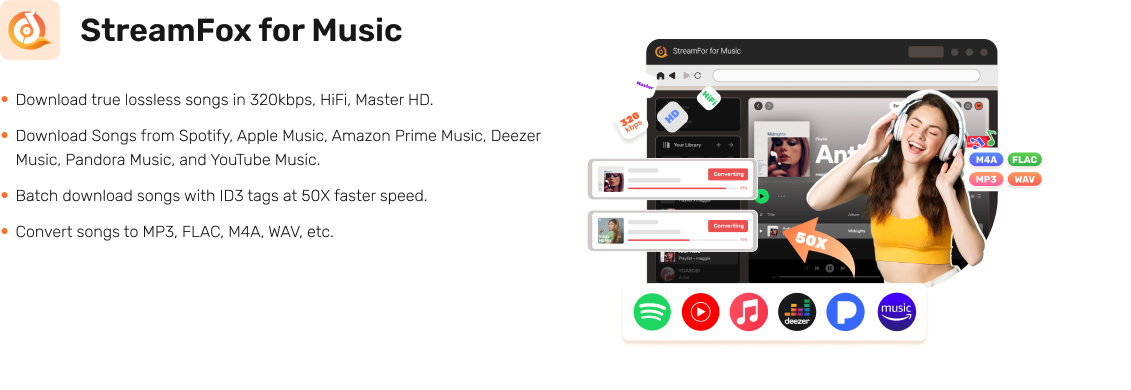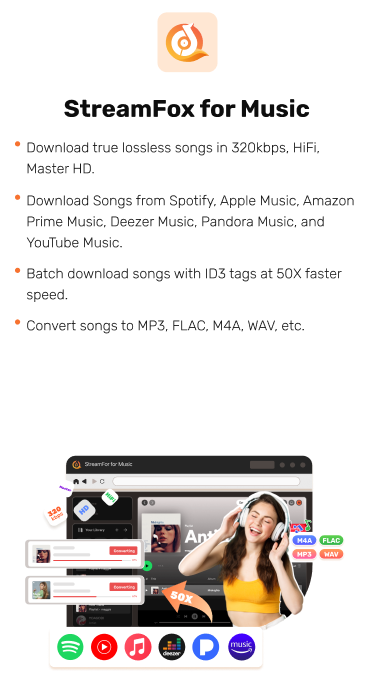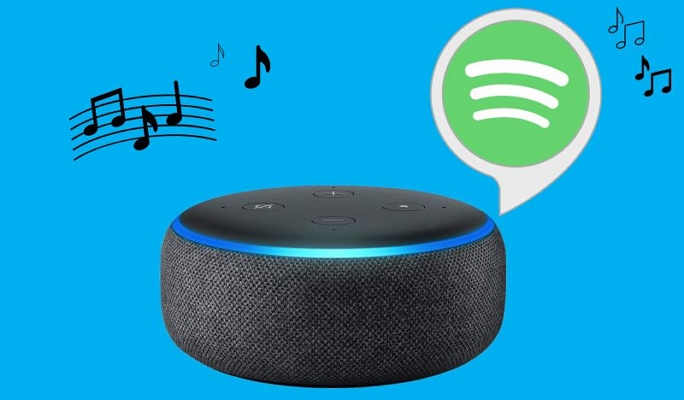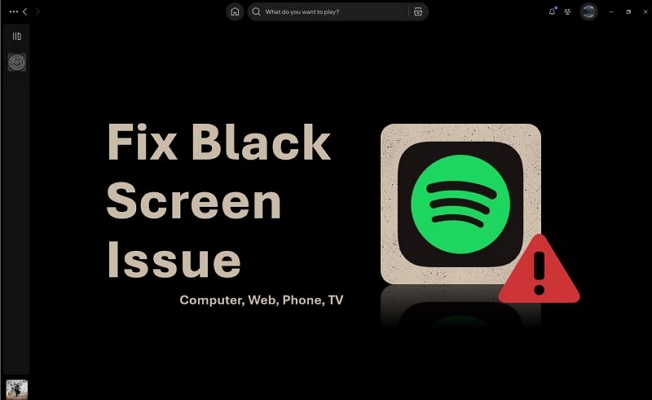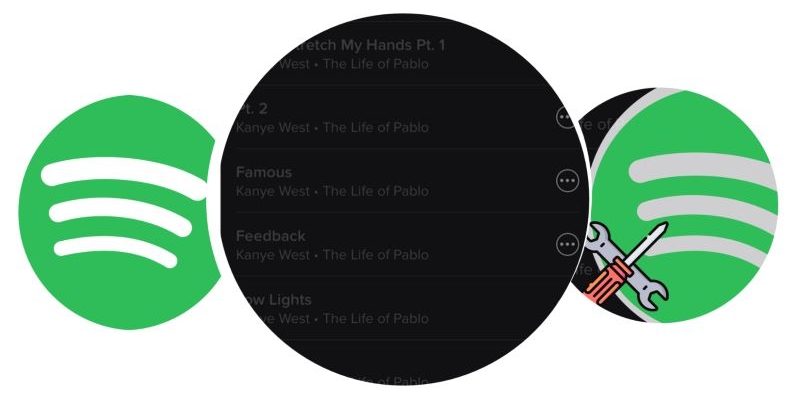How to Fix Spotify Local Files Not Syncing to Phone
When you upload new songs to your Spotify desktop, you might expect seamless syncing to your Spotify mobile. However, you may find that only some songs show up on your phone while others stay greyed out. Even worse, none appear on the Local Files playlist of your Spotify mobile app at all.
Spotify Local Files not syncing is a frustrating issue, but the good news? It’s often caused by small overlooked settings. Whether files refuse to sync across devices or won’t even load, we’ll walk you through every fix step by step to get your music where it belongs. Plus, we’ll discuss the correct steps to sync Local Files on Spotify, so that you can follow the correct steps.
Note: If you’re looking for a better way to expand your Spotify local library, we’ll also introduce you to StreamFox for Music, a tool that lets you save Spotify songs offline in open formats.
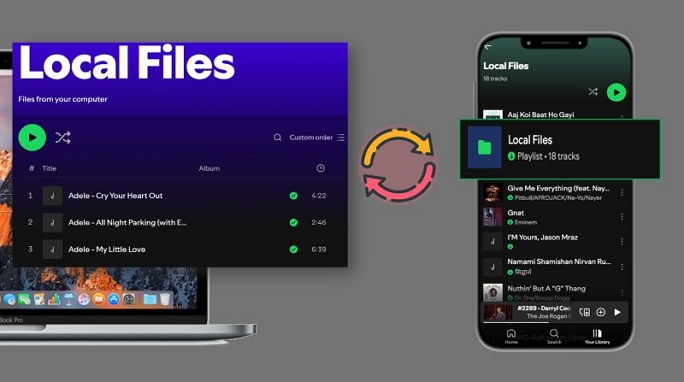
Before Fixing Spotify Local Files Not Syncing/Showing to iPhone or Android
Before diving into deeper troubleshooting, ensure the fundamentals are in place. And even before moving to the quick checks, let’s remind you of two essential requirements:
- Both your computer and mobile device must share the same Wi-Fi network.
- Make sure both devices are logged into the same Spotify account.
Once these are confirmed, move ahead with the following preliminary checks to diagnose further.
Quick Check 1: Your Premium Account is Valid
On Windows and Mac, local files can be synced even without a paid plan, but syncing them to your phone’s Spotify app will still require a premium-tier account.
To confirm your subscription:
Step 1. Open the Settings menu in the Spotify app.
Step 2. Tap Account.
Step 3. Under Your Plan, check whether you’re on a paid plan.
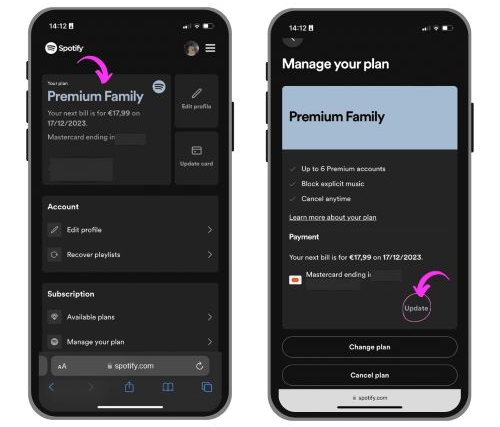
Quick Check 2: Verify Your Syncing Steps are Correct
Many users run into problems because they miss some key step in the syncing process. So, before assuming something is wrong, let’s walk through the steps carefully and ensure you’re doing everything right:
Step 1. On the Desktop, go to Settings > Your Library section, and toggle on the switch assigned to Show Local Files. Then, click Add a source and select the music sources (folders).
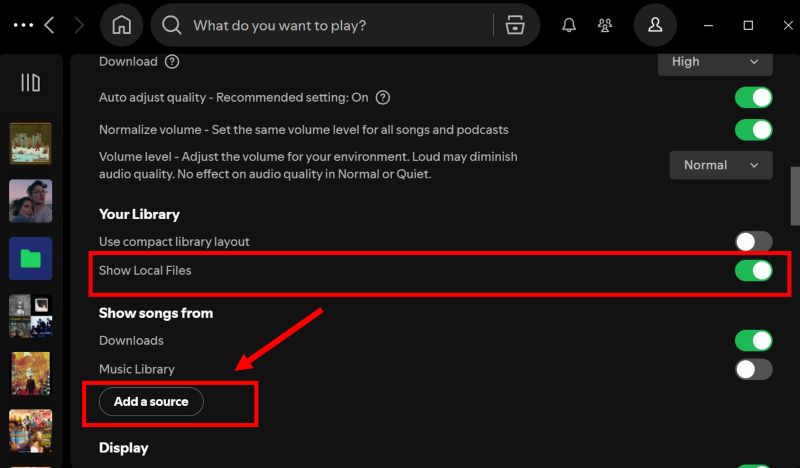
Step 2. Create a new playlist by clicking the + button next to Your Library. Name it whatever you like, then click Save.
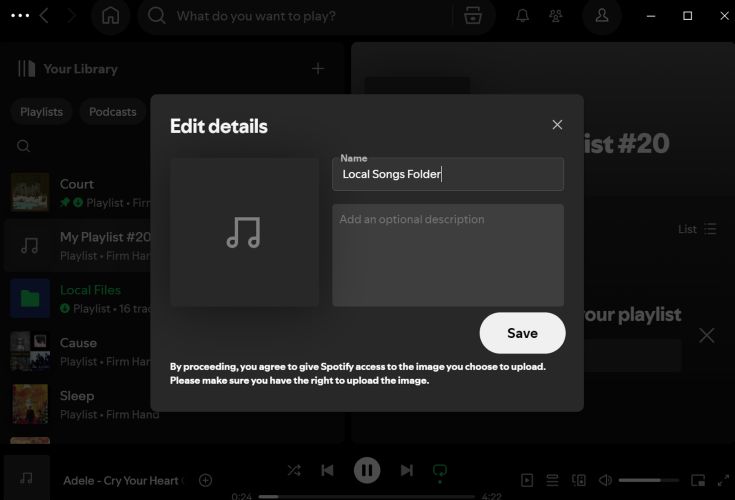
Step 3. Now, navigate to Local Files in your library. Select all tracks using Ctrl + A (or Cmd + A on Mac) , drag the selected songs and drop them into the new playlist.
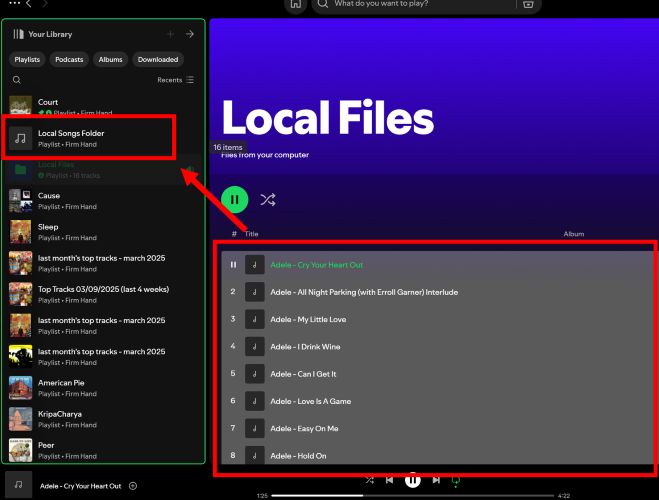
Step 4. Open the newly created playlist that now holds a copy of your local tracks. Click the Download button.
Note: This step is critical. Spotify only allows local files to sync if they are downloaded first. And this is the very step that forces Spotify to acknowledge those files as part of your library, ensuring they will be accessible on your phone.
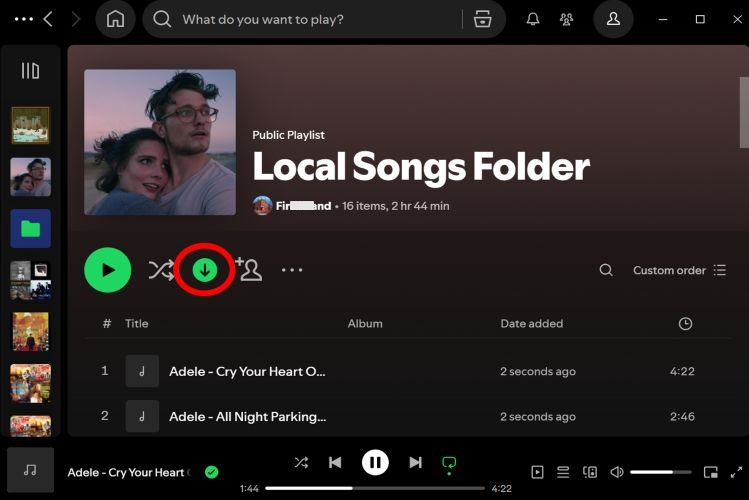
Step 5. Switch over to your phone’s Spotify app now and head to Your Library section. The new playlist you made earlier will be there, but the songs will be greyed out. That’s because you have to download them again on this device.
- Tap the Download button at the top of the playlist. You will see they will become playable one by one.
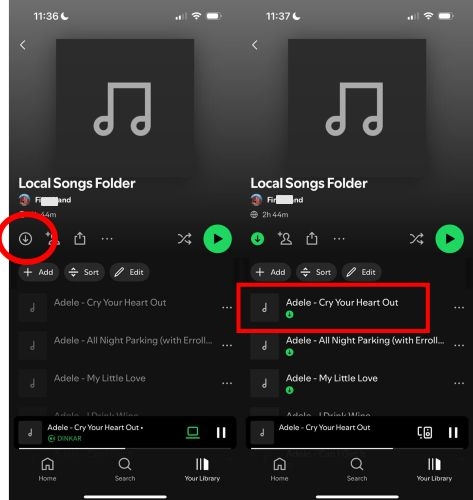
Fixed: Spotify Local Files Not Syncing/Showing to iPhone or Android
Even if you’ve followed every step correctly, Spotify local files may still refuse to show up. The reason? Anything from minor setting mismatches to hidden system restrictions could be preventing the sync.
Below, we’ve compiled the most common causes and effective fixes reported by users who successfully got their local files to sync.
Fix 1. Set Computer Network to Private
On Windows, Wi-Fi networks often default to public mode, which restricts device-to-device communication. However, for Spotify’s local files to sync properly, your devices must be on a private network, which allows them to be discoverable and interact freely.
Note: On Mac and iPhone, you’ll find an option to choose a private address under Wi-Fi settings. However, they are designed for security and privacy purposes, so there’s no need to change this setting on Apple devices.
To switch your Windows network to private mode:
Step 1. Click on the Wi-Fi icon in the system tray.
Step 2. Next to your network name, there’s a small (i) icon. Click it and it will take you to the Properties page.
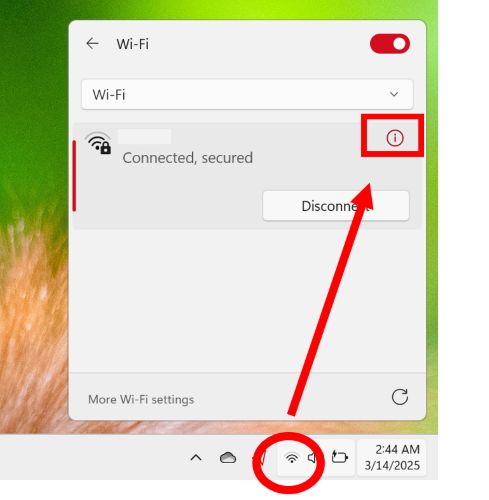
Step 3. On the Properties page, scroll down a bit. Under Network profile type, choose Private network.
Once enabled, your local files will appear on other devices connected to the same Wi-Fi. Yes, they will still be greyed out, but simply tapping Download will make them playable.
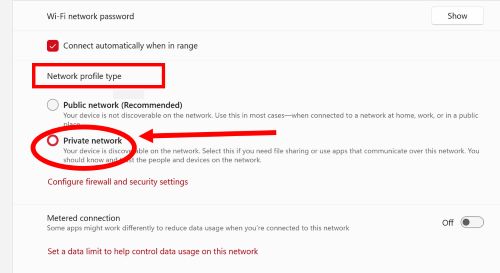
Fix 2. Turn on Local Network for Spotify
Spotify needs local network access to detect and sync local files between devices. Without it, the app simply won’t recognize local files at all. This is especially important for iPhone users, but Android users should also check their settings.
On iPhone:
Step 1. Open the Settings app. Use the search bar to find Spotify.
Step 2. In the Spotify’s app settings, ensure the Local Network toggle is switched ON.

For Android, there’s no special Local Network setting, but permissions still matter. Make sure Files and Media access is enabled by going to Settings > Apps > Spotify > Permissions and ensure all necessary accesses are granted.

Fix 3. Modify Local File’s Format
Spotify only supports specific file formats for local files. If a track is in an unsupported format, it won’t sync or play. Here’s a breakdown:
Supported Formats:
- MP3
- M4A (Only AAC-encoded, not Apple Lossless/ALAC)
- MP4 (Audio-only, with AAC encoding)
Unsupported Formats (Will Not Work):
- FLAC, WAV, AIFF (Lossless formats)
- WMA, OGG, ALAC (Other proprietary formats)
- MP4 (with video content)
Even if a song was legally purchased from iTunes, it still won’t work. Yes, these downloads are delivered in M4A (which is the supported AAC format), but they come with DRM protection that prevents them from being added to Spotify’s Local Files. Forget about syncing, as Spotify won’t even let you add them in the first place.
How to fix compatibility issues:
You can use StreamFox for Music to convert the same tracks to MP3 or M4A (AAC format). This ensures they sync properly and play across all your devices without restrictions.

Fix 4. Change WiFi Connection
Most Wi-Fi networks default to 5 GHz, but device-to-device communication often works best on 2.4 GHz. In fact, many Spotify users also have reported that after trying everything, only 2.4 GHz Wi-Fi fixes local files syncing.
How to connect to 2.4 GHz band:
Well, if your network provider has given you software to manage your router, you can make the change yourself.
Look for SSIDs and assign different bands: 2.4 GHz or 5 GHz. Then, connect your phone and computer to it, and Spotify’s local file syncing should work seamlessly.
If no such option is available, contact your network provider.

Or, you can switch to a different WiFi with 2.4 in its name and see if the local syncing issue is fixed.

Fix 5. Allow Spotify Through Windows Firewall
Windows could stop Spotify’s data transfer, as it may treat data transfer as unrecognized traffic. This is a common issue, especially if you’ve switched network from Public to Private.
To rule out this issue and allow Spotify to sync properly, follow these steps:
Step 1. Open Control Panel and select Windows Defender Firewall.
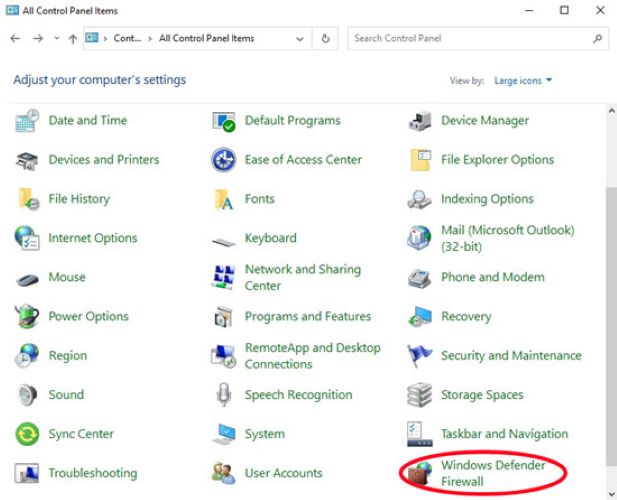
Step 2. Select Allow an app or feature through Windows Defender Firewall.
Step 3. Click on Change settings to enable modifications.
Step 4. Locate Spotify in the list and ensure both Private and Public networks are checked.
Once this is done, try the local files sync steps again. It should be fixed.
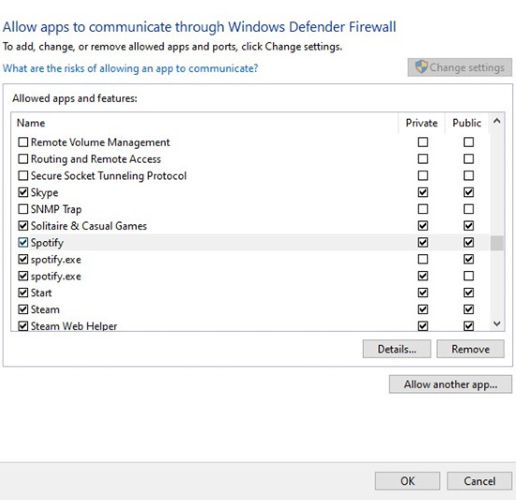
Fix 6. Connect to Computer’s Hotspot
Establishing a direct connection is one of the most reliable ways to rule out network congestion or hidden issues that affects Spotify’s local file sync. This simple step can eliminate multiple problems at once: reducing network interference, resolving router configuration mismatches (2.4 GHz vs. 5 GHz conflicts), and even bypassing restrictions set by your network provider.
On Windows
Step 1. Open Settings. Choose Network & Internet from the left pane.
Step 2. From the right pane, select Mobile Hotspot and toggle it ON. Under Properties, you’ll find all the connection details. Connect your phone by either scanning the QR code or entering the password.
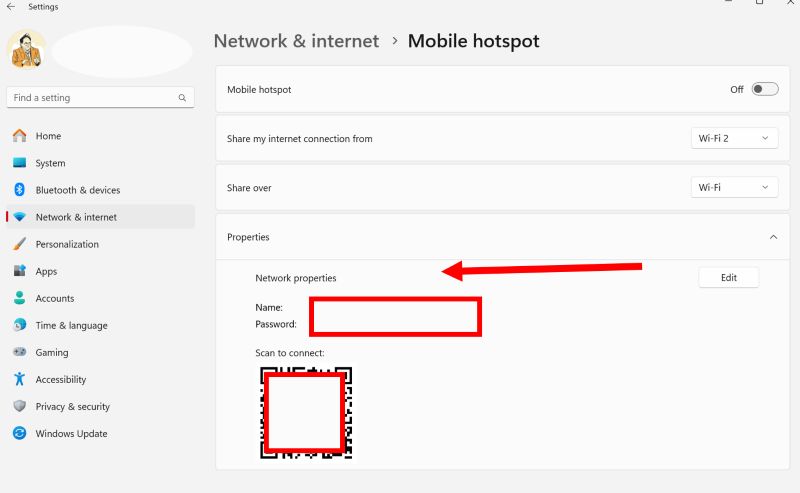
On Mac:
Step 1. Open System Preferences and go to Sharing.
Step 2. Select Internet Sharing from the list of options.
Step 3. Choose the source of your Wi-Fi network on the laptop and enable Sharing. Your phone can connect to the direct hotspot network now.
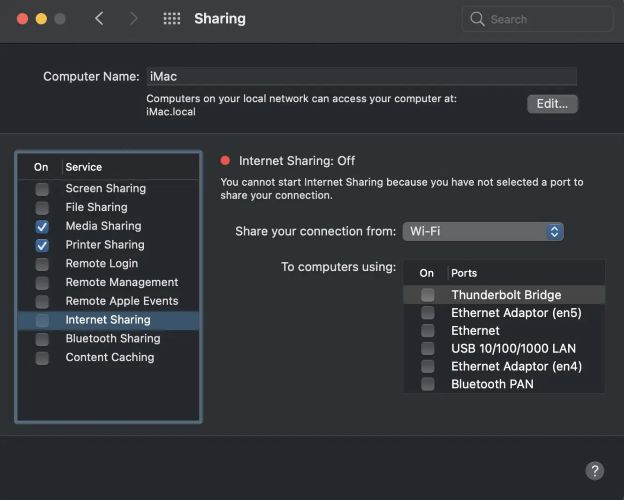
How to Convert Unlimited Spotify Music to Local MP3s
The reason you add local files to Spotify is to listen to them alongside other tracks from Spotify. However, you can also do the opposite. You can bring Spotify tracks into your local collection or simply expand your personal music library. Whatever the reason, StreamFox for Music makes this possible.
StreamFox for Music converts Spotify tracks and saves them in MP3, M4A, etc., turning them into true local files. The songs come directly from Spotify’s servers with ODSMRT technology, ensuring high-quality audio. Plus, every track keeps its title, artist name, album details, and cover art. This is important because platforms like Spotify (or Apple Music for that matter) use this metadata to verify and recognize audio files.
The converted songs are also free from DRM restrictions, unlike songs from other unreliable sources or even some purchased tracks. Without proper metadata and DRM-free formatting, many platforms ignore or reject these local files. However, StreamFox for Music eliminates that problem entirely.

- Allow logging into your Spotify account and converting unlimited songs within the software.
- High-speed 10x ensure you save multiple songs at once, making the process quick and effortless.
- Converted tracks are automatically arranged, keeping playlists and albums structured like on Spotify.
- Choose between 128kbps, 256kbps, or 320kbps output, even without Premium.
How to Convert Spotify Music Using StreamFox for Music:
Step 1. Install StreamFox for Music on your computer. Once launched, choose Spotify from the main interface.
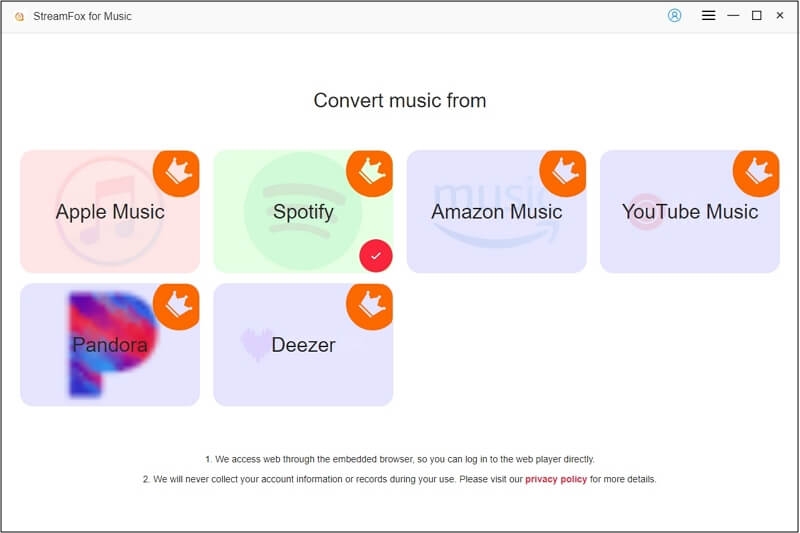
Step 2. Sign into the inbuilt Spotify web player using either a free or premium Spotify account. There are no limitations either way.

Step 3. Find the songs or playlists you want for the local music collection and drag them to the red plus (+) button at the top-right corner.
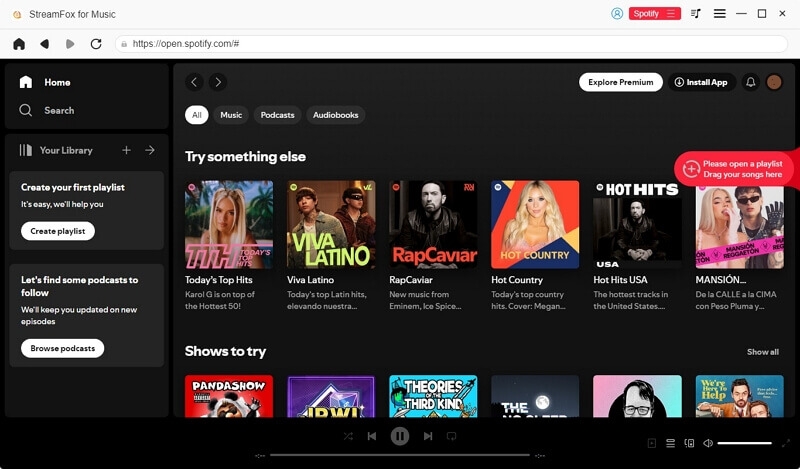
Step 4. Hit Convert All. Before this, you can choose an output format like FLAC for your songs or keep the default format MP3 unchanged.
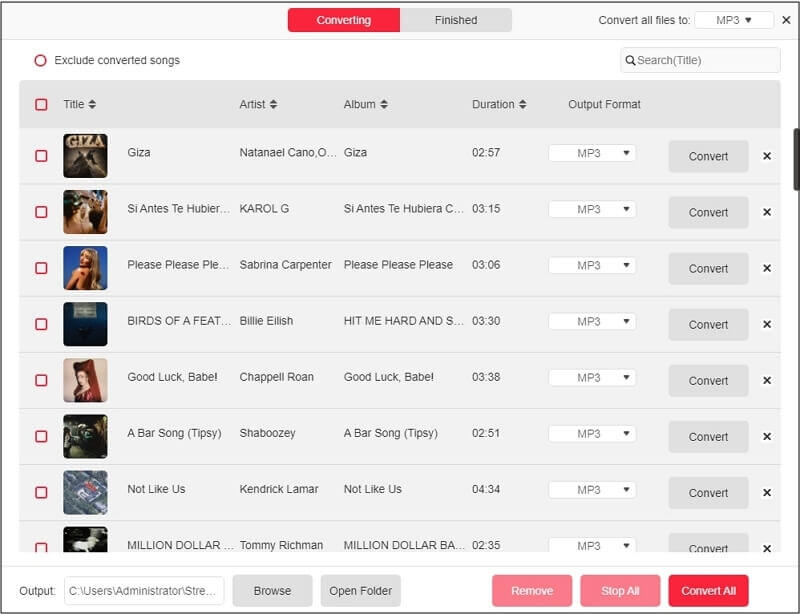
Once converted, your songs will be saved directly to your Downloads folder, ready for offline use.
Fixed: Spotify Local Files Not Playing on iPhone/Android
Spotify local files won’t play on your iPhone or Android, even after adding them. They might appear grayed out or not visible at all. This usually happens for two reasons. Let’s fix them.
Fix 1: Check ID3 Tags
The first thing to check is ID3 tags. As hinted earlier, ID3 tags are like digital labels on a song. Think of it like the album name, song titles, and cover art on your purchased CD case. The ID3 tags do the same but inside the audio file itself. Spotify uses these tags to recognize songs and verify them as genuine copies. If the metadata is incorrect or missing, Spotify won’t recognize them properly.

Fix 2: Clear Spotify Cache
Another common reason Spotify won’t play local files is cache buildup. Over time, Spotify stores excessive cache data, which can cause local files to become unrecognized.
To fix this, clear the cache. Here are the steps:
- Open Spotify and navigate to the Settings page.
- Scroll down to the Storage section (or Data-savings & offline on Android).
- And tap Clear Cache.
Reopen the Spotify app to allow it to refresh and your local files should now play as expected.

Final Words
Even if Spotify no longer officially supports local file syncing, the workaround should allow you to sync seamlessly across devices. Spotify’s community moderators confirm this. However, if it doesn’t or if you want more control over your collection, you can go a step further. Instead of syncing, bring Spotify music into your local library.
StreamFox for Music makes this possible, letting you convert and store tracks as local files. You still get 320kbps audio and you can convert as many songs as you want, all in non-protected formats, even without Spotify Premium.






